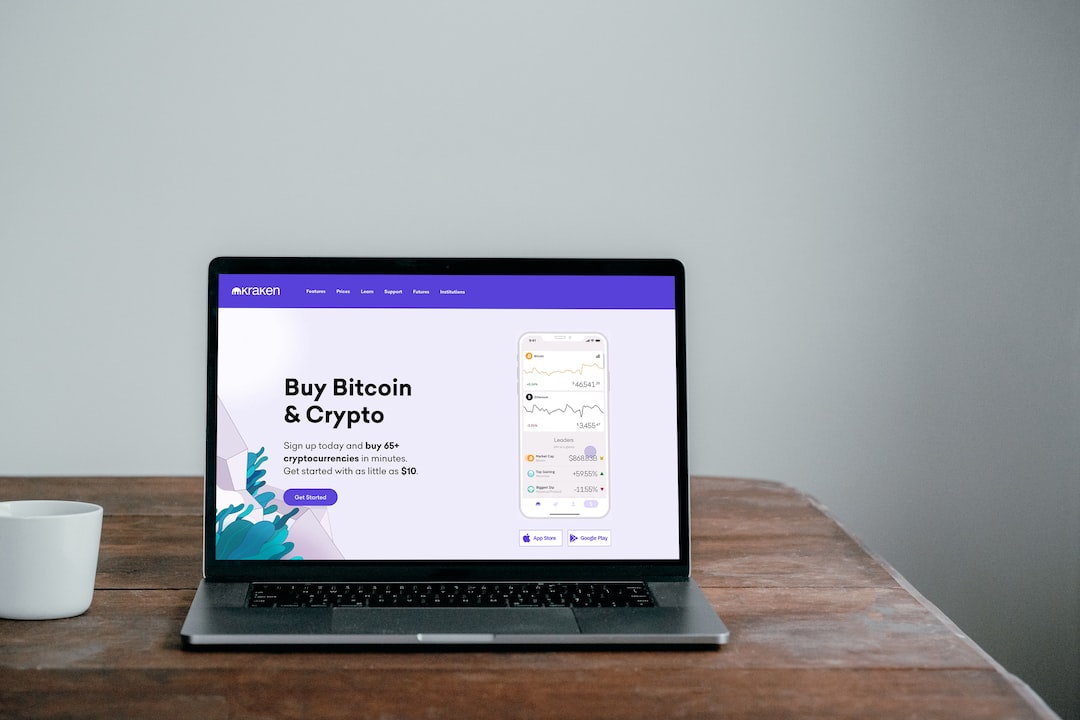The Changing Marketing Landscape and the Rise of Web3
In recent years, the marketing landscape has undergone significant changes and is set for further disruption in the near future. Factors such as strict regulations, the retirement of third-party cookies, and the privacy concerns of Generation Z will contribute to an increase in customer acquisition costs (CAC). As a result, the average Chief Marketing Officer (CMO) is likely to allocate more funds towards obtaining higher-quality, zero-party data and driving greater consumer engagement.
Key Drivers
Rising customer acquisition cost (CAC)
The digital marketplace has become increasingly saturated, making it more challenging and expensive for companies to capture and retain user attention through traditional methods. This has led to a rise in customer acquisition costs. As a solution, an NFT-enabled wallet with unique identifiers is emerging as a new channel for establishing trust in a consumer-owned internet.
Retiring third-party cookies
Google’s announcement of phasing out third-party cookies by 2024 has sent shockwaves throughout the digital advertising ecosystem. This shift away from browser-based data tracking towards a more privacy-centric browsing experience may make it harder for marketers to target and engage consumers.
Privacy-aware demographics
With the emergence of new demographic segments and Generation Z’s focus on digital sovereignty, there is an increasing public consciousness about online privacy. Users now demand transparency about how their data is used and are wary of traditional tracking mechanisms. This pushes brands to rethink their engagement strategies.
Upcoming regulations
Global regulators are catching up with the evolving digital domain and imposing stringent rules on data collection, usage, and sharing. Solutions that respect user privacy while ensuring seamless brand engagement are needed to comply with these regulations.
The Digital Wallet: Web3’s Answer to the Cookie-less Internet
Faced with these challenges, the digital wallet emerges as the pioneering solution offered by Web3. Here’s why the wallet is likely to become the new cookie:
Direct connection between users and brands
Digital wallets allow brands to establish a direct, personalized relationship with users, eliminating the need for intermediaries and third-party trackers. By fostering user ownership and trust, wallets enable custom experiences based on genuine user preferences.
Inherent privacy
Digital wallets are built on the principles of decentralization and privacy. Unlike cookies that track user activity across the web, wallets give users full control over their data. Brands can only access information with the user’s permission, creating a transparent and consensual relationship that boosts loyalty and the combined loan-to-value ratio (CLTV) through a mutual value exchange.
Multi-dimensional utility
Unlike cookies that serve a primary tracking purpose, wallets have multiple dimensions. They can store various digital assets such as offers, experiences, access, and non-fungible tokens (NFTs). This presents brands with numerous opportunities to create unique value propositions and experiences, such as loyalty programs based on tokenized rewards or exclusive access to digital art.
Long-term engagement
While user engagement with cookies is often transient and fragmented, digital wallets foster long-term relationships. By connecting with a user’s wallet, brands can maintain an enduring connection and offer services, products, or experiences over an extended period. This results in better retention rates, less churn, and higher CLTV.
The Future of Brand Engagement
The promise of Web3’s decentralized and user-centric digital ecosystem is slowly becoming a reality. As third-party cookies become obsolete, digital wallets are emerging as a resilient, adaptable, and innovative channel for brand engagement in this new era.
Brands that embrace this transformation stand to gain a competitive advantage. By focusing on genuine, transparent, and long-term relationships facilitated by wallets, brands can reduce CAC, enhance loyalty, and boost CLTV.
However, it is crucial for brands to adopt open and non-custodial wallets rather than creating their own silos. Siloed wallets would simply use new technology to continue the old practice of data hoarding, which could diminish user trust. Open wallets provide Chief Marketing Officers with a unique opportunity to build brand narratives around privacy and direct engagement, resonating with today’s consumers. Leveraging digital wallets allows for personalized brand experiences and data-driven strategies, opening up innovative avenues for engagement and potentially driving more revenue.
Concluding Thoughts
The shift to a cookie-less internet presents an opportunity rather than a risk. It has the potential to redefine and strengthen the connection and trust between consumers and brands. A user-owned digital wallet can serve as the upgraded and sophisticated replacement for obsolete cookies from the previous era of the internet.
Hot Take: Web3’s Digital Wallets: A Game-Changer for Brand Engagement
The emergence of Web3 and digital wallets has the potential to revolutionize brand engagement in the cookie-less internet era. With rising customer acquisition costs, retiring third-party cookies, privacy-aware demographics, and upcoming regulations, brands need innovative solutions to establish direct connections with users while respecting their privacy.
Digital wallets offer a solution by enabling brands to establish personalized, transparent, and long-term relationships with users. By leveraging the principles of decentralization and privacy, wallets provide users with full control over their data and enable brands to offer unique value propositions and experiences. This shift towards digital wallets not only reduces customer acquisition costs but also enhances loyalty and boosts the combined loan-to-value ratio (CLTV).
By embracing open and non-custodial wallets, brands can create brand narratives around privacy and direct engagement, resonating with today’s privacy-conscious consumers. The future of brand engagement lies in the adoption of digital wallets as a channel for personalized experiences and data-driven strategies, ultimately driving revenue growth.





 By
By
 By
By
 By
By
 By
By

 By
By